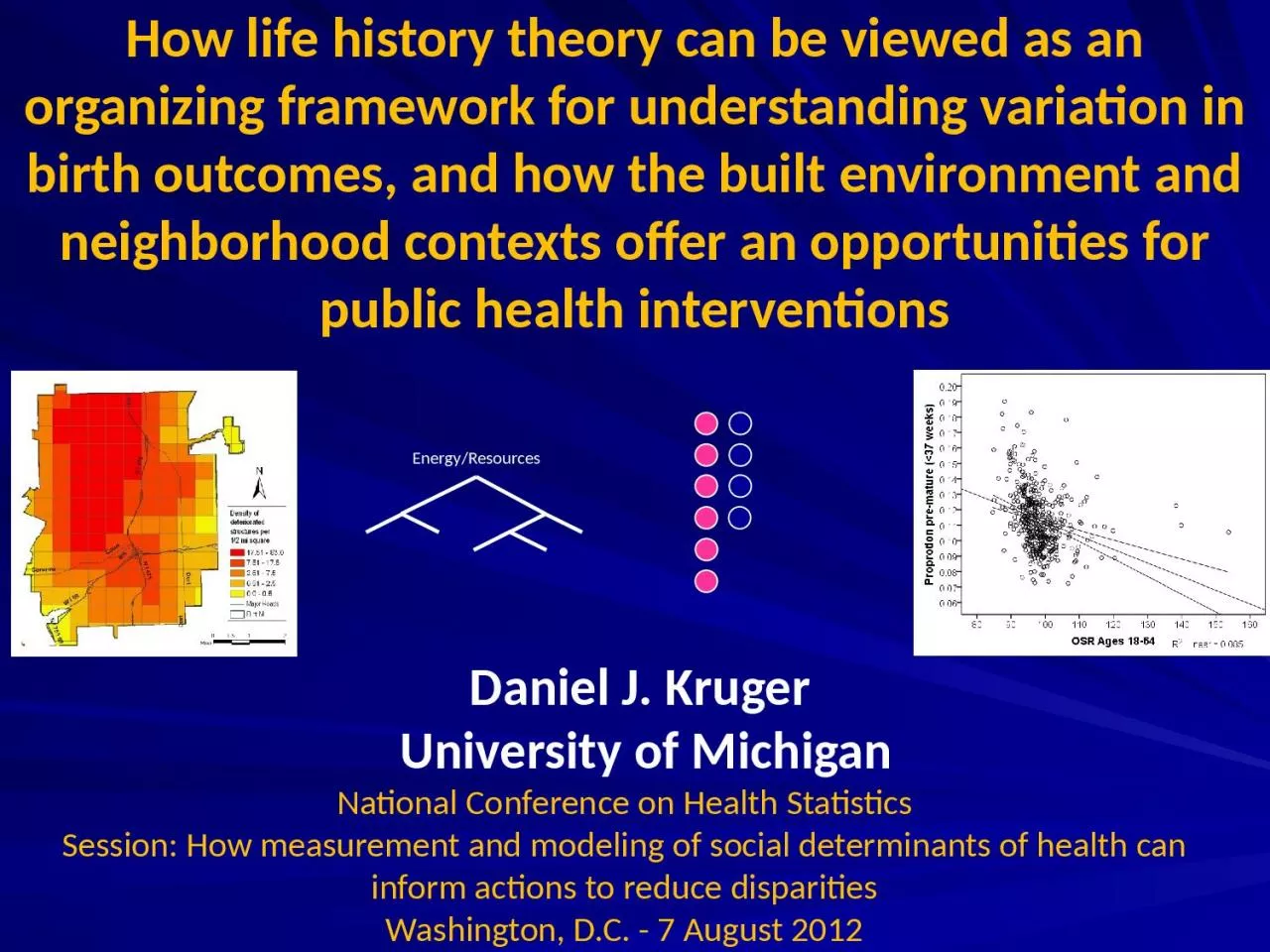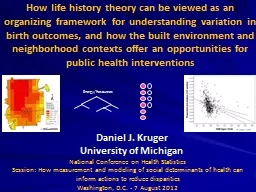PPT-How life history theory can be viewed as an organizing framework for understanding variation
Author : brianna | Published Date : 2024-03-13
National Conference on Health Statistics Session How measurement and modeling of social determinants of health can inform actions to reduce disparities Washington
Presentation Embed Code
Download Presentation
Download Presentation The PPT/PDF document "How life history theory can be viewed as..." is the property of its rightful owner. Permission is granted to download and print the materials on this website for personal, non-commercial use only, and to display it on your personal computer provided you do not modify the materials and that you retain all copyright notices contained in the materials. By downloading content from our website, you accept the terms of this agreement.
How life history theory can be viewed as an organizing framework for understanding variation: Transcript
Download Rules Of Document
"How life history theory can be viewed as an organizing framework for understanding variation"The content belongs to its owner. You may download and print it for personal use, without modification, and keep all copyright notices. By downloading, you agree to these terms.
Related Documents














